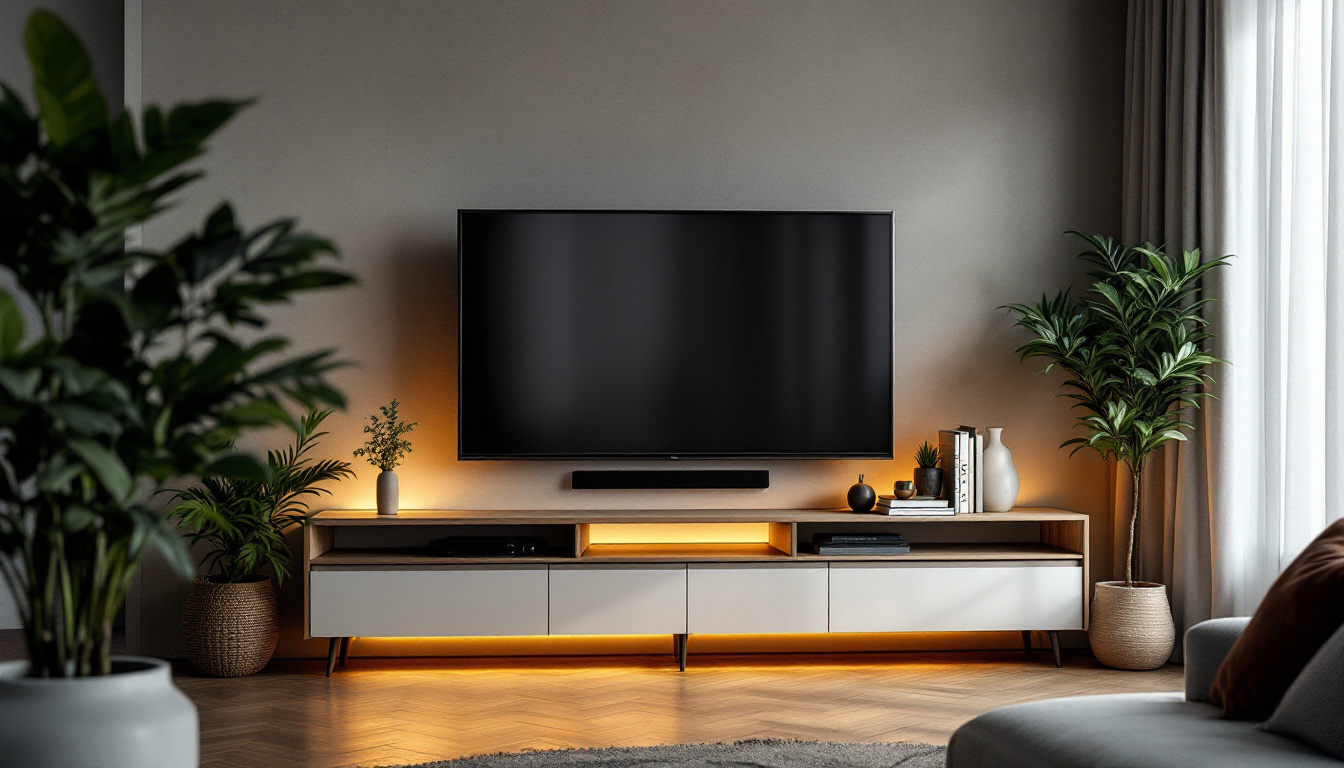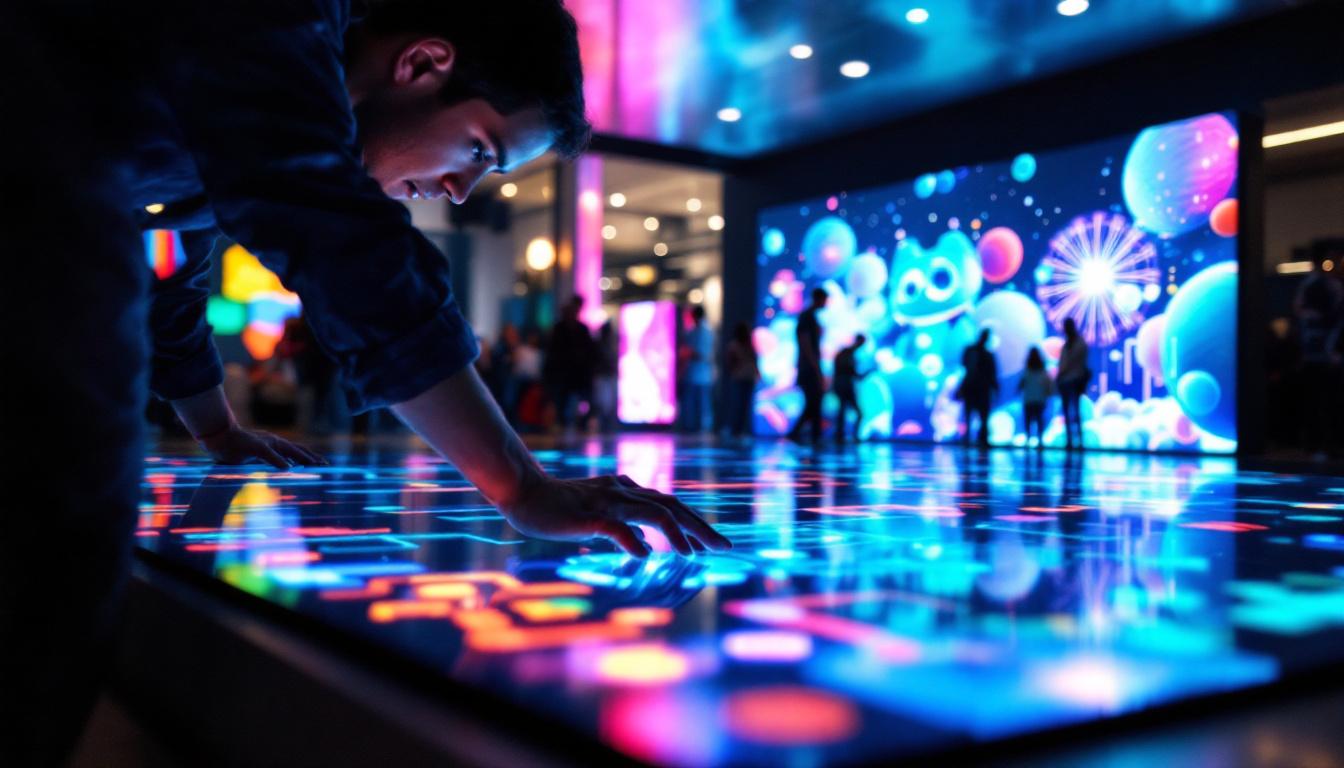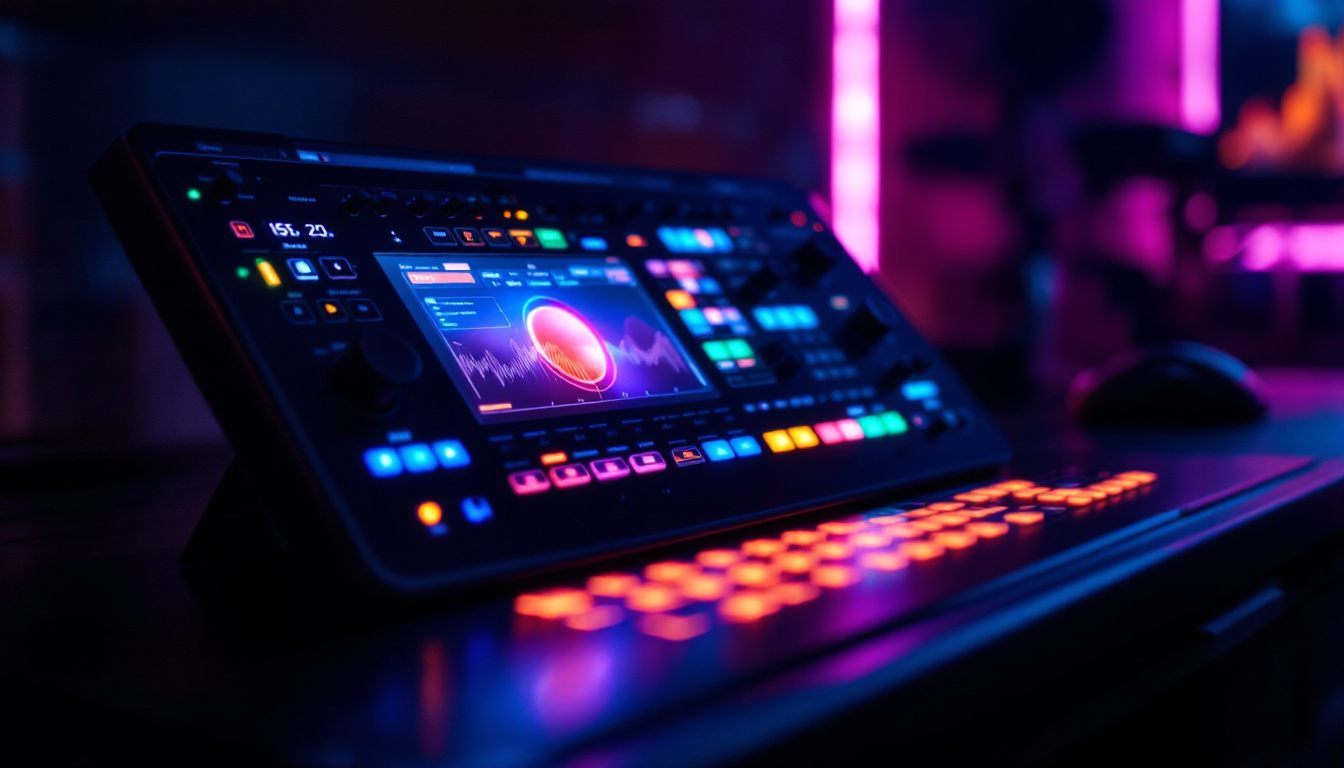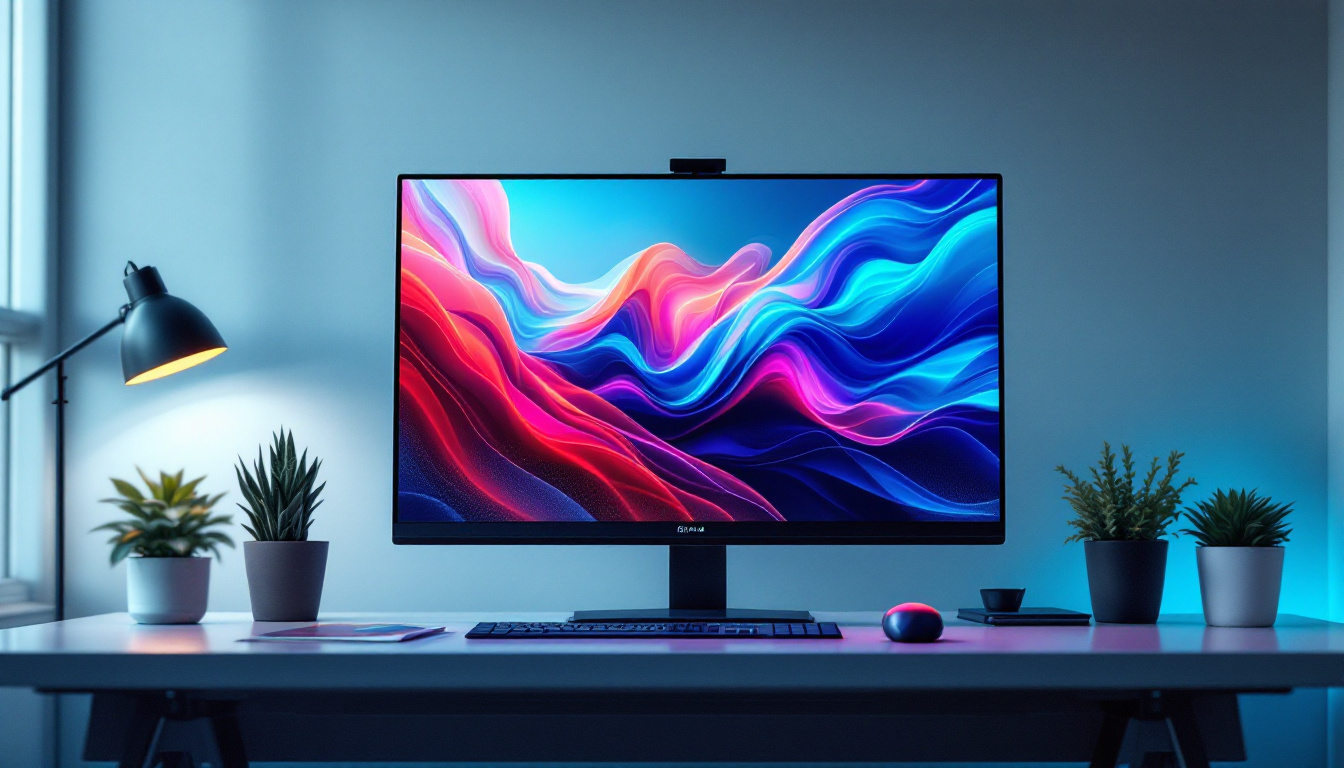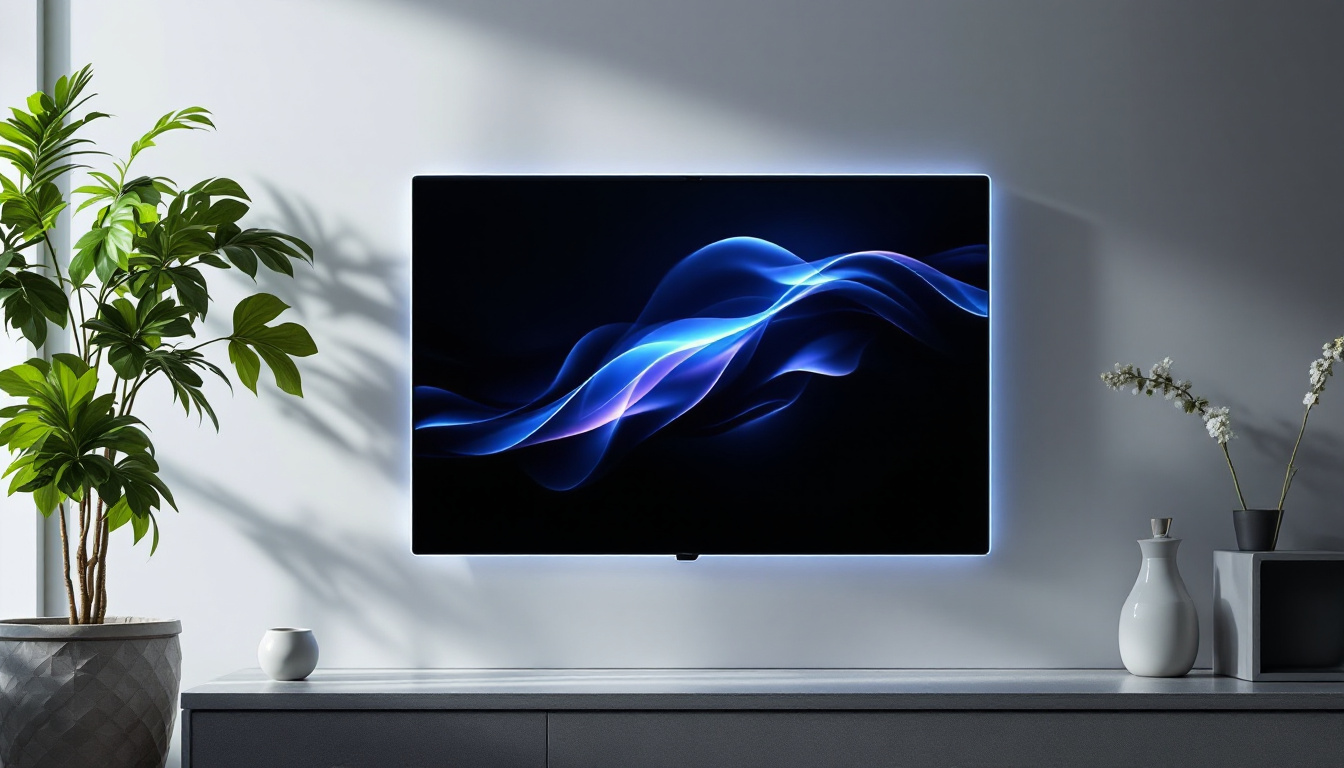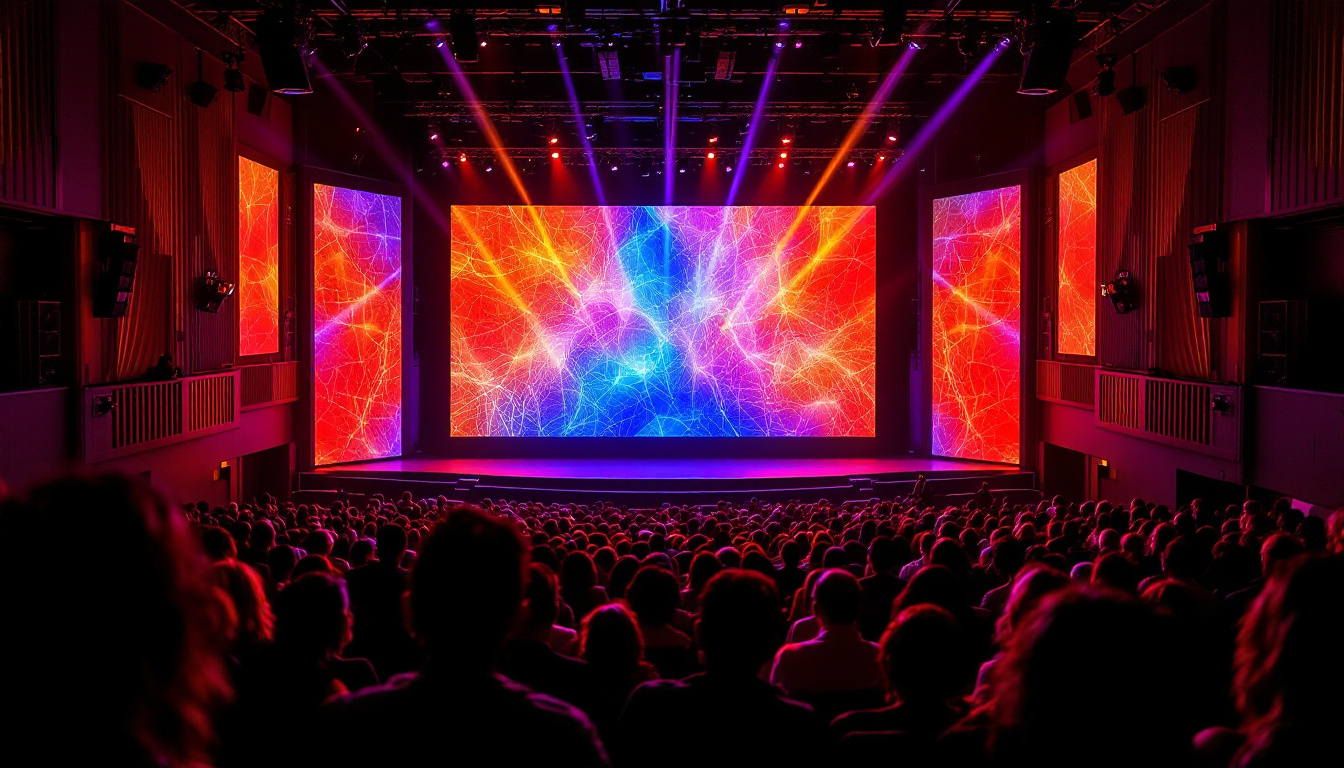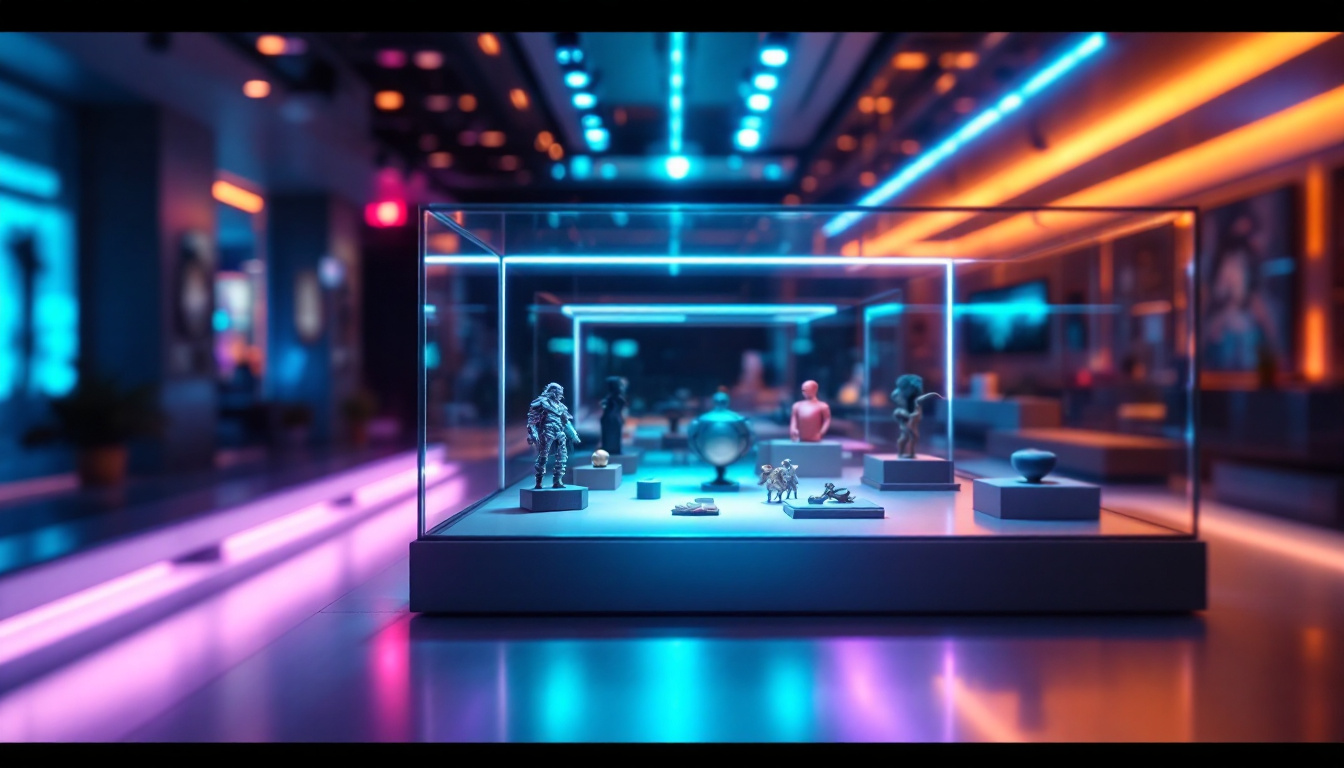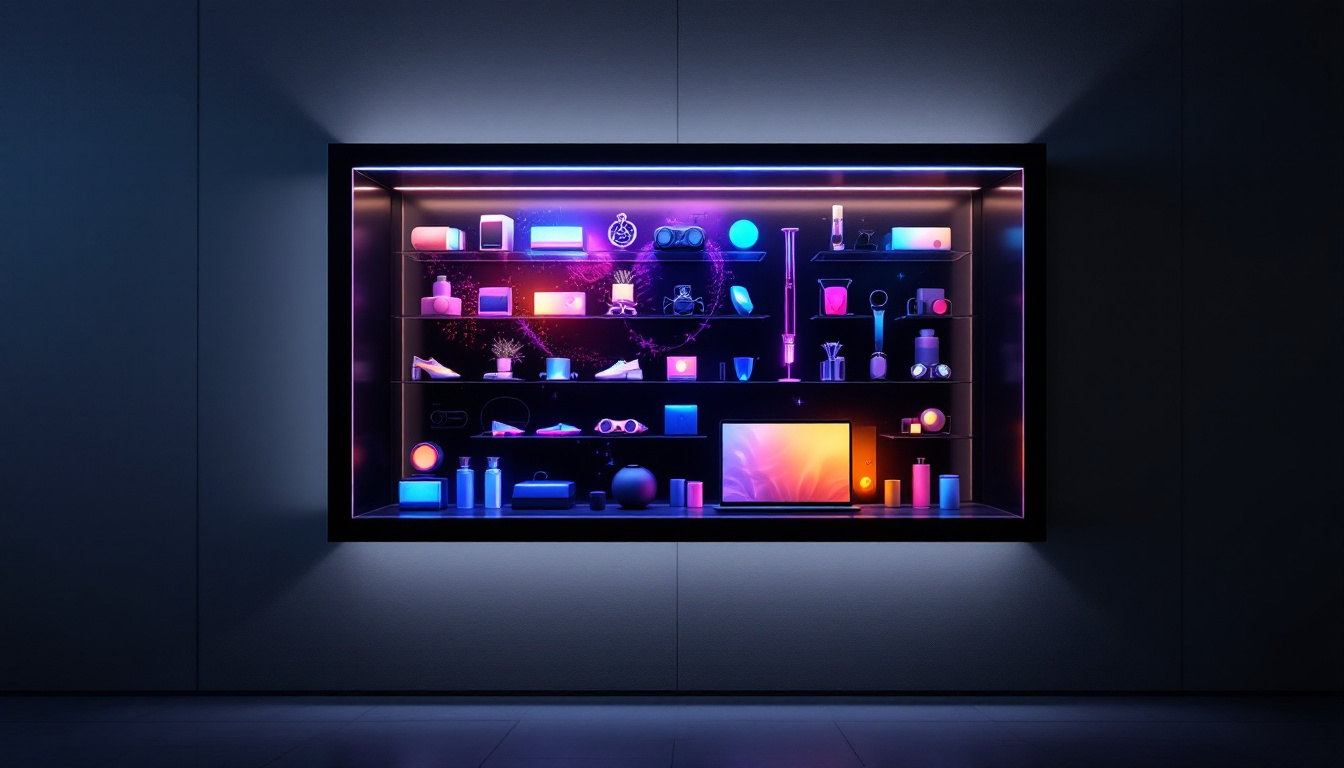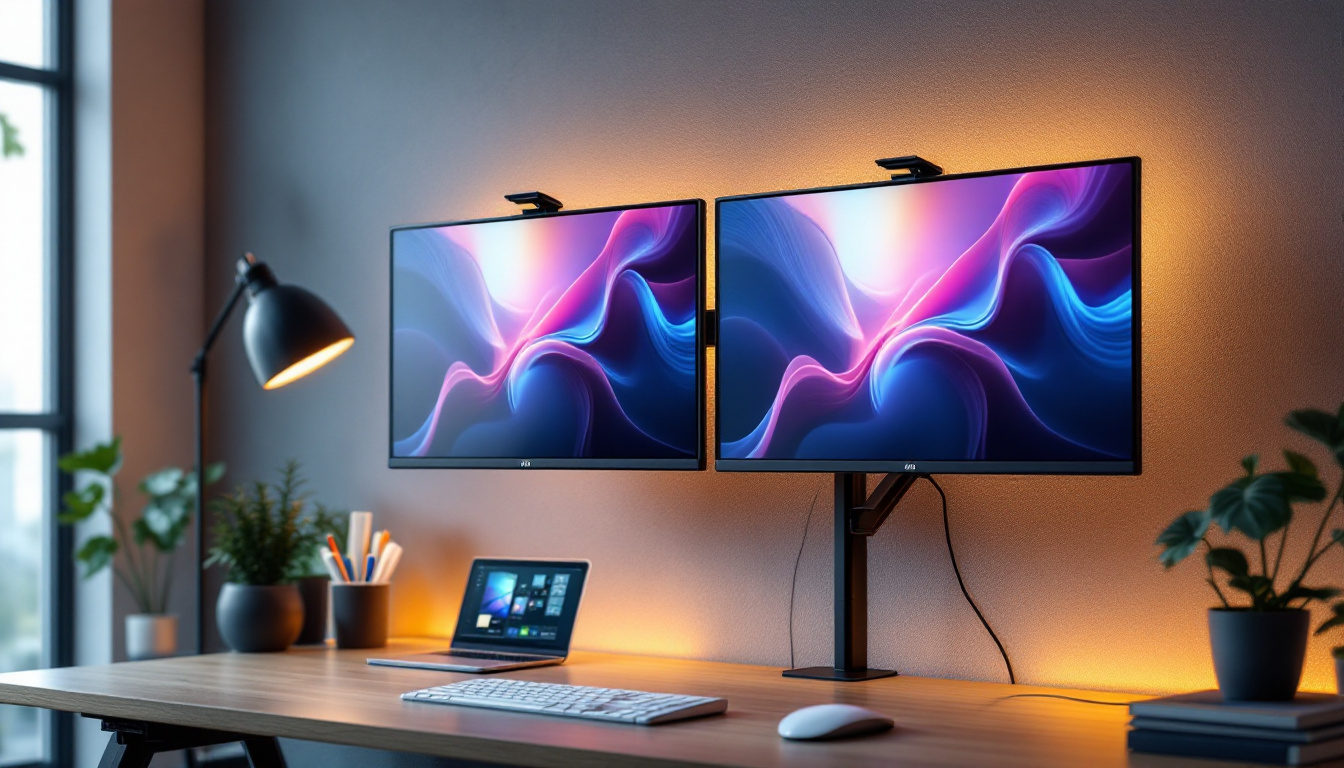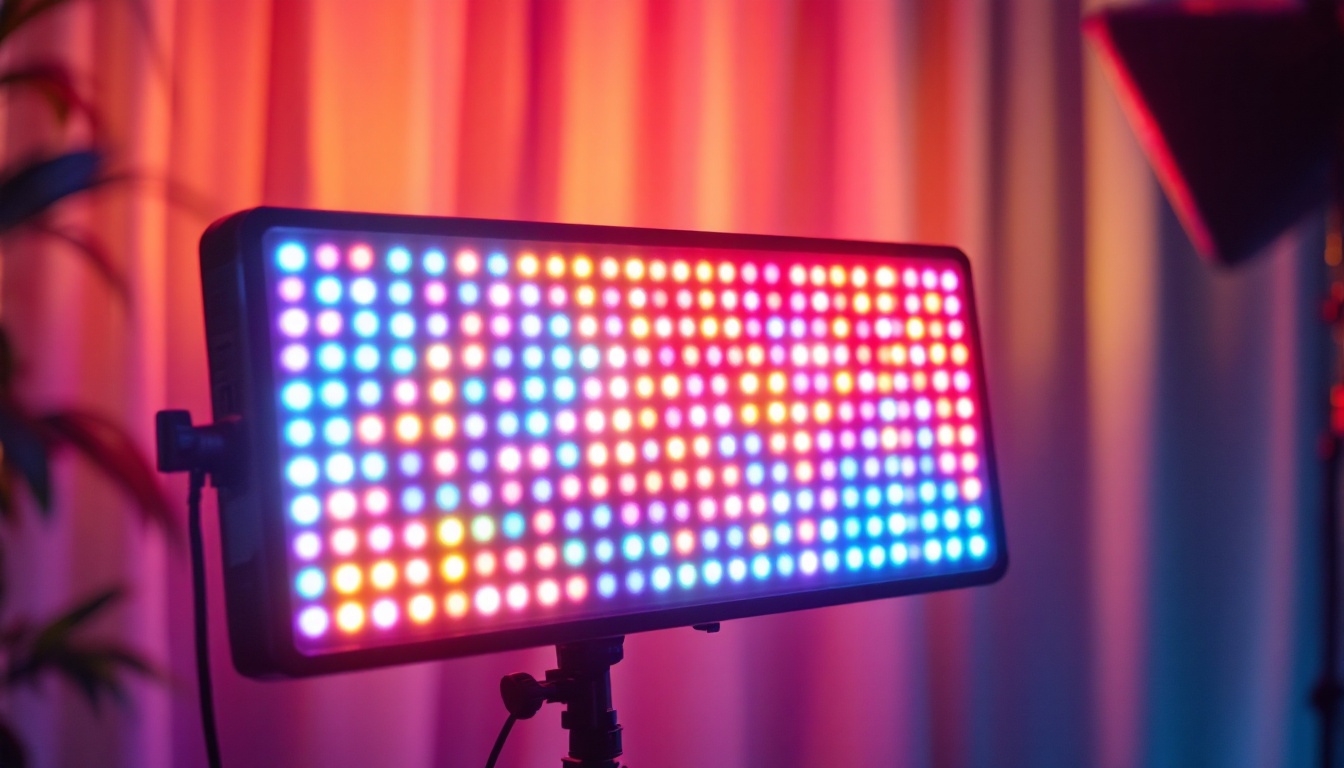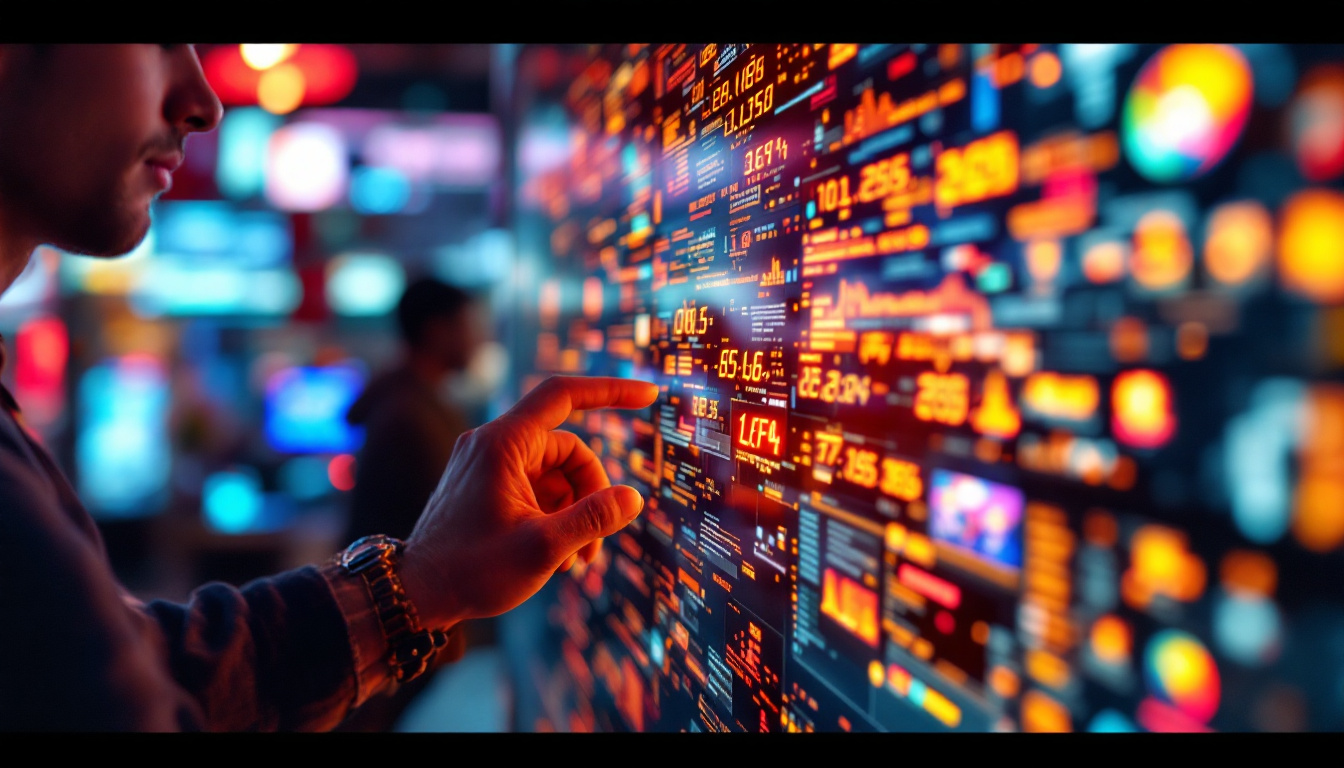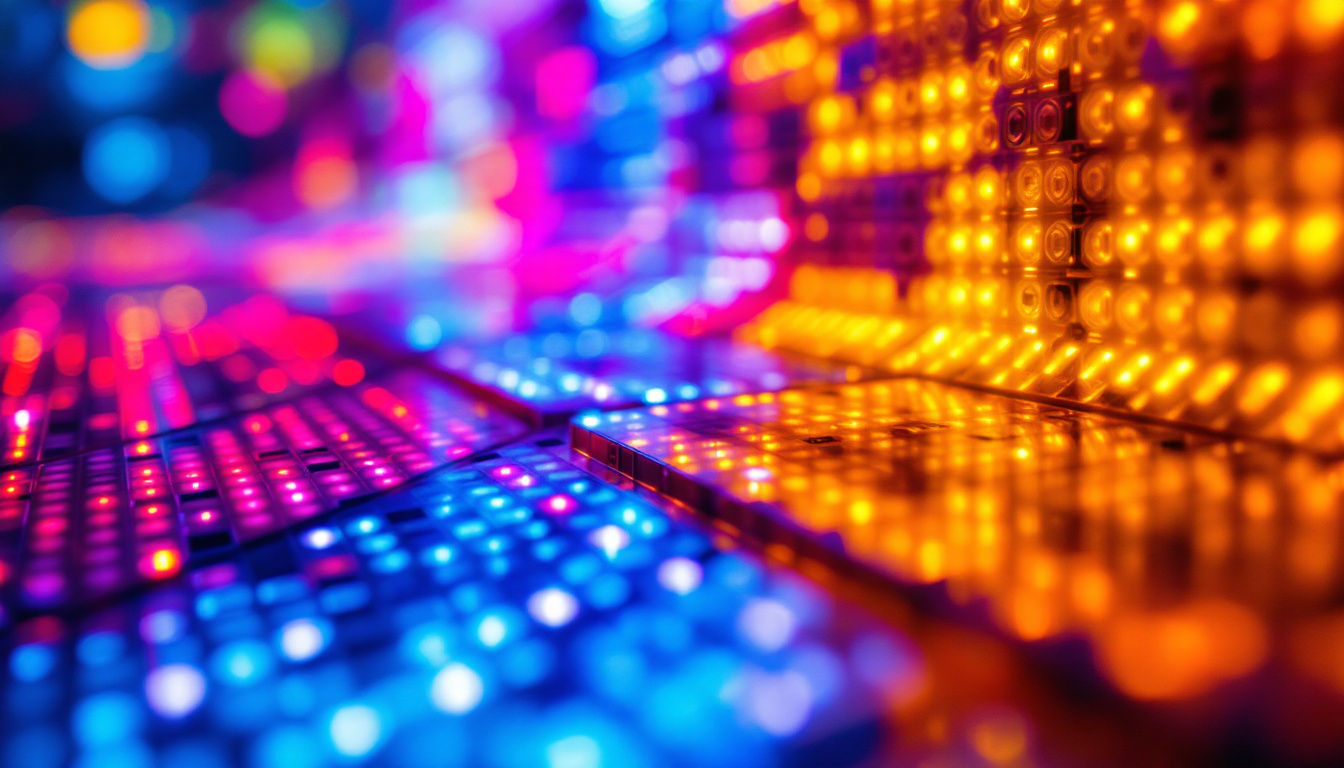In today’s digital landscape, display technology plays a pivotal role in how information is presented, analyzed, and consumed. Among the most prevalent display types are LCD (Liquid Crystal Display) and LED (Light Emitting Diode) screens, especially when it comes to monitoring applications. Whether in industrial control rooms, medical diagnostics, security surveillance, or even home entertainment systems, understanding the nuances of LCD and LED displays is essential for making informed decisions about the right technology for specific needs.
Understanding LCD and LED Technologies
The Basics of LCD Screens
Liquid Crystal Display (LCD) technology has been a cornerstone of screen technology for decades. At its core, an LCD screen uses liquid crystals that do not emit light directly. Instead, these crystals manipulate light passing through them to produce images. The screen itself is composed of several layers, including polarizing filters and electrodes, which control the orientation of the crystals to either block or allow light to pass through.
Because LCDs do not produce their own light, they rely on a backlight to illuminate the screen. Traditionally, this backlight was provided by cold cathode fluorescent lamps (CCFLs), but modern LCDs predominantly use LED backlighting for better efficiency and brightness. This shift not only enhances the overall viewing experience with improved color accuracy and contrast ratios but also contributes to a slimmer profile for devices, making them more portable and aesthetically pleasing.
Moreover, LCD technology has evolved significantly over the years, leading to variations such as In-Plane Switching (IPS) and Twisted Nematic (TN) panels. IPS panels, for instance, are known for their superior color reproduction and wider viewing angles, making them ideal for graphic design and professional use. On the other hand, TN panels are often favored in gaming due to their faster response times, although they may sacrifice some color accuracy and viewing angles in the process.
What Makes an LED Display Different?
While the term “LED display” is often used interchangeably with LCD, it actually refers to a specific type of LCD that uses Light Emitting Diodes for backlighting instead of CCFLs. This subtle distinction is important. LED displays are essentially LCD screens with LED backlighting, which offers several advantages over older technologies. For instance, LED backlighting can be implemented in various configurations, such as edge-lit or full-array, allowing for localized dimming and improved contrast in darker scenes.
In some contexts, “LED display” can also mean a screen made entirely of light-emitting diodes, such as those used in large outdoor billboards or digital signage. However, for monitoring screens and most consumer electronics, LED refers to the backlighting technology used within an LCD panel. The flexibility of LED technology has also paved the way for innovations like OLED (Organic Light Emitting Diode), which provides even richer colors and deeper blacks by allowing individual pixels to emit light independently. This advancement has sparked a new wave of competition in the display market, pushing manufacturers to continually enhance the performance and efficiency of both LCD and LED technologies.
Advantages of LED-Backlit LCD Monitoring Screens
Improved Brightness and Contrast
LED backlighting provides higher brightness levels compared to traditional CCFL backlights. This makes LED-backlit LCD screens ideal for environments with high ambient light, such as control rooms with large windows or outdoor monitoring stations. Enhanced brightness improves visibility and reduces eye strain, which is critical for professionals who spend extended hours monitoring screens.
Additionally, LED backlighting can be controlled more precisely, enabling local dimming features that improve contrast ratios. This means darker blacks and more vivid colors, which can be crucial when distinguishing subtle details in surveillance footage or medical imaging.
Energy Efficiency and Longevity
One of the key benefits of LED backlighting is its energy efficiency. LED backlights consume significantly less power than CCFLs, which translates to reduced operational costs, especially in facilities with multiple monitoring screens running 24/7. According to the U.S. Department of Energy, LED-backlit LCDs can use up to 40% less energy than their CCFL counterparts.
Moreover, LEDs have a longer lifespan, often exceeding 50,000 hours of use. This durability reduces maintenance needs and downtime, which is particularly valuable in mission-critical environments like hospitals or industrial plants.
Thinner and Lighter Design
LED backlighting allows for thinner and lighter LCD panels because LEDs are smaller and generate less heat than CCFLs. This design flexibility enables manufacturers to produce sleek, space-saving monitoring screens that can be mounted easily and integrated into compact workstations.
For example, modern medical monitoring equipment benefits from these slim profiles, allowing for more ergonomic setups and easier transport between rooms or facilities.
Applications of LCD Monitoring Screens with LED Displays
Industrial and Manufacturing Monitoring
In industrial settings, monitoring screens are essential for overseeing production lines, machinery status, and safety systems. LED-backlit LCD monitors provide the clarity and reliability needed to detect anomalies or malfunctions quickly. Their ability to operate continuously under varying lighting conditions makes them indispensable in manufacturing plants.
For instance, automotive assembly lines often use large arrays of LED-backlit LCD monitors to display real-time data on assembly progress, quality control, and equipment diagnostics, enhancing operational efficiency and minimizing downtime.
Healthcare and Medical Imaging
Medical professionals rely heavily on high-quality displays for diagnostic imaging, patient monitoring, and surgical guidance. LED-backlit LCD screens offer the brightness and color accuracy necessary to interpret X-rays, MRIs, and ultrasound images with precision.
Furthermore, the reduced flicker and eye strain associated with LED technology help healthcare workers maintain focus during long shifts. The durability and reliability of these screens also ensure continuous operation in critical care environments.
Security and Surveillance Systems
Security control rooms utilize multiple LCD monitoring screens to display feeds from numerous cameras simultaneously. The superior contrast and brightness of LED-backlit displays improve the visibility of details in low-light or high-contrast scenes, which is vital for effective surveillance.
Additionally, the energy efficiency of LED displays helps reduce the overall power consumption of extensive security setups, which can include dozens of monitors running around the clock.
Broadcast and Media Production
In broadcast studios and media production environments, color accuracy and screen consistency are paramount. LED-backlit LCD monitors provide the precise color reproduction and wide viewing angles required by video editors, graphic designers, and producers.
The ability to calibrate these screens to industry standards ensures that the final output appears as intended across various platforms and devices.
Factors to Consider When Choosing an LCD Monitoring Screen
Resolution and Screen Size
Resolution is a critical factor for monitoring screens, as higher resolution provides more detail and clarity. Common resolutions include Full HD (1920×1080), Quad HD (2560×1440), and 4K UHD (3840×2160). The choice depends on the application and the amount of information that needs to be displayed simultaneously.
Screen size also matters. Larger screens allow for easier multitasking and better visibility from a distance but may require more space and higher investment. For tight workspaces, smaller, high-resolution screens might be preferable.
Refresh Rate and Response Time
While refresh rate and response time are often emphasized in gaming displays, they also impact monitoring screens, particularly where real-time video feeds or fast-moving visuals are involved. A higher refresh rate (60Hz or above) ensures smoother motion, reducing blur and ghosting effects.
Response time—the speed at which pixels change color—affects image clarity during rapid changes. Lower response times (measured in milliseconds) are preferable for applications like security monitoring or live broadcasts.
Connectivity and Compatibility
Modern monitoring screens should offer a variety of input options, including HDMI, DisplayPort, DVI, and USB-C, to ensure compatibility with diverse hardware setups. Some professional monitors also support daisy-chaining multiple displays, which is useful in control rooms or trading floors.
Additionally, features like built-in calibration tools, software compatibility, and remote management capabilities can enhance usability and integration into existing systems.
Durability and Environmental Considerations
For industrial or outdoor monitoring, durability is paramount. Look for screens with ruggedized designs, IP ratings for dust and water resistance, and wide operating temperature ranges. These features ensure reliable performance in harsh environments.
Energy efficiency certifications such as ENERGY STAR or EPEAT can also guide environmentally conscious purchasing decisions, helping reduce the carbon footprint of large-scale monitoring installations.
Future Trends in LCD and LED Monitoring Screens
Mini-LED and Micro-LED Technologies
Emerging backlighting technologies like Mini-LED and Micro-LED promise to revolutionize LCD displays by offering even better contrast, brightness, and color accuracy. Mini-LED uses thousands of tiny LEDs for backlighting, allowing for more precise local dimming zones and improved HDR performance.
Micro-LED goes a step further by using microscopic LEDs as individual pixels, enabling displays that combine the best attributes of OLED and LCD technologies—such as perfect blacks, high brightness, and long lifespan—without the drawbacks of burn-in.
Integration with Smart Systems and IoT
As the Internet of Things (IoT) expands, monitoring screens are becoming smarter and more connected. Integration with cloud platforms, AI-driven analytics, and remote management tools allows for proactive monitoring and predictive maintenance.
For example, industrial monitoring screens can now display real-time analytics powered by AI, alerting operators to potential issues before they escalate, improving safety and efficiency.
Flexible and Transparent Displays
Innovations in display materials are paving the way for flexible and transparent LCD and LED screens. These could transform monitoring setups by enabling curved, foldable, or see-through displays that blend seamlessly into environments.
Such advancements could enhance user interaction and provide new ways to visualize data in control rooms, retail spaces, and public information systems.
Conclusion
LCD monitoring screens with LED backlighting represent a mature and versatile technology that continues to evolve. Their combination of brightness, energy efficiency, durability, and design flexibility makes them ideal for a wide range of professional applications—from industrial control rooms to healthcare and security.
Understanding the distinctions between LCD and LED technologies, as well as the factors influencing performance and suitability, empowers organizations to select the best displays for their monitoring needs. With ongoing advancements like Mini-LED, Micro-LED, and smart integration, the future of monitoring screens promises even greater clarity, efficiency, and functionality.
Choosing the right LCD monitoring screen is not just about the technology itself but how it aligns with operational requirements, environmental conditions, and long-term goals. Investing in quality LED-backlit LCD displays ensures reliable performance and a strong return on investment in today’s fast-paced, data-driven world.
Discover LumenMatrix’s Advanced LED Display Solutions
Ready to elevate your monitoring capabilities with the latest in LED display technology? LumenMatrix is at the forefront of innovation, offering a diverse range of LED display modules designed to meet the demands of any professional environment. From captivating Indoor LED Walls to dynamic Outdoor LED Displays and beyond, our solutions are crafted to enhance engagement and deliver your message with unparalleled clarity. Experience the future of visual communication with LumenMatrix and transform the way you share information. Check out LumenMatrix LED Display Solutions today and see the difference cutting-edge technology can make.





